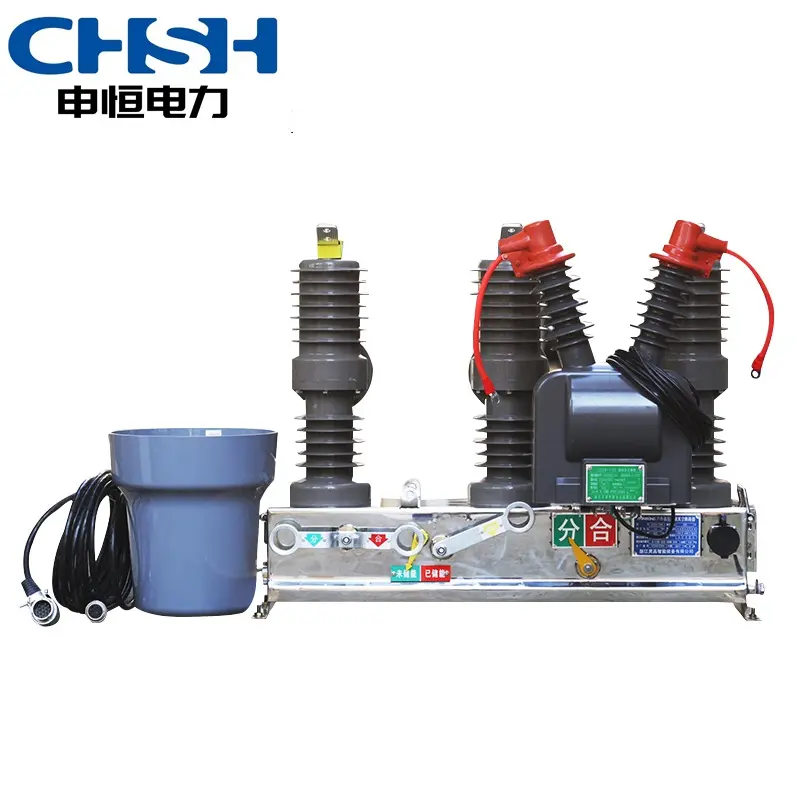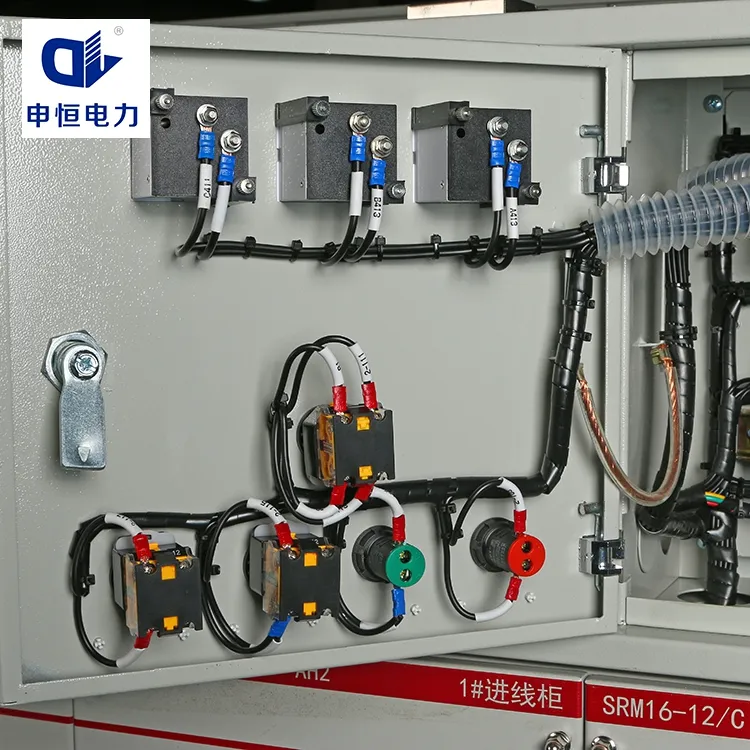Battery recycling company Redwood Materials is working with Kauai Island Utility Cooperative to decommission and recycle a first-generation 4.6 MWh battery storage system located at the utility’s Anahola substation, the company announced Tuesday .
The system was commissioned in 2015 and is part of the utility’s Anahola solar project, which consists of a 12 MW solar array, substation, and the storage component. Redwood has decommissioned the system and will be recycling it at its facility in Nevada . Residential Substation

“Reducing pollution from cars and the electric grid requires batteries, and we need to make sure we have the necessary recycling capacity to safely handle large quantities of these old batteries so that we can recover and reuse the valuable minerals they contain over and over again,” Jordan Brinn, clean vehicles and infrastructure advocate for the Natural Resources Defense Council, said in an email .
As the electric vehicle transition grows, reusing and recycling batteries is going to be increasingly important, Katherine García, Sierra Club’s Clean Transportation for All director, said in an email.
Recycled materials could supply up to 52% of cobalt, 27% of lithium and 46% of nickel used in the U.S. light- and heavy-duty vehicle fleet by 2050, according to research from the University of California, Davis, she added.
Battery recycling has also emerged as a priority for the Biden administration. This June, the U.S. Department of Energy announced more than $192 million in funding for recycling batteries from consumer products, as well as launching an advanced battery research and development consortium, among other measures.
The battery component of the Anahola project — a 6 MW/4.6 MWh lithium nickel-cobalt-aluminum oxide system — was decommissioned last week, and the plant will now operate as a direct-to-grid solar facility. This is Redwood’s largest stationary storage decommissioning to date. While it is a relatively small fraction of the 10 GWh of lithium-ion batteries Redwood receives every year, the successful decommissioning of these initial projects could serve as an industry model for future, gigawatt-scale projects, according to the company.
In February, Redwood Materials announced it had received a conditional commitment for a $2 billion loan from the DOE’s Loan Programs Office. The agency’s support “represents a critical milestone in the United States’ commitment to establishing a domestic battery supply chain rooted in manufacturing and American innovation,” the company said.
But building out the battery recycling capacity of the U.S. faces some challenges, including the lack of battery labeling and information sharing requirements, the limited scale of collection and processing infrastructure, and the absence of recycled content standards for new batteries, Brinn said.
On the regulatory side, the U.S. Department of Transportation and Environmental Protection Agency should create a separate category for used lithium-ion EV batteries within their hazardous waste regulations, to reduce unnecessary barriers and costs to reuse and recycling, she added.
In addition, “this industry’s transition isn’t going to happen without public pressure on automakers to ensure cleaner supply chains, and the help of policymakers to hold them accountable,” Sierra Club’s García said.

Electrical Substation Meaning This story was originally published on Utility Dive. To receive daily news and insights, subscribe to our free daily Utility Dive newsletter.